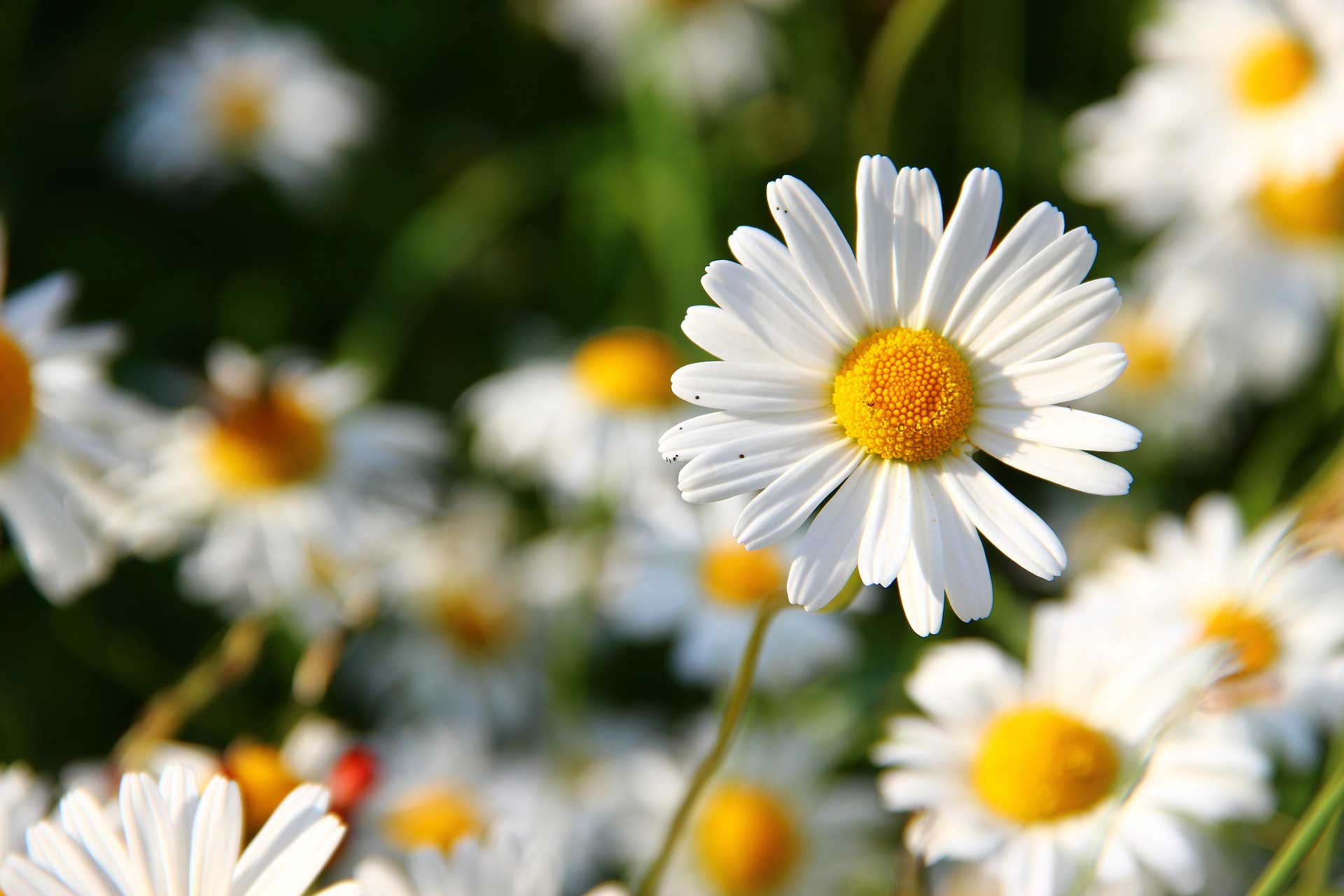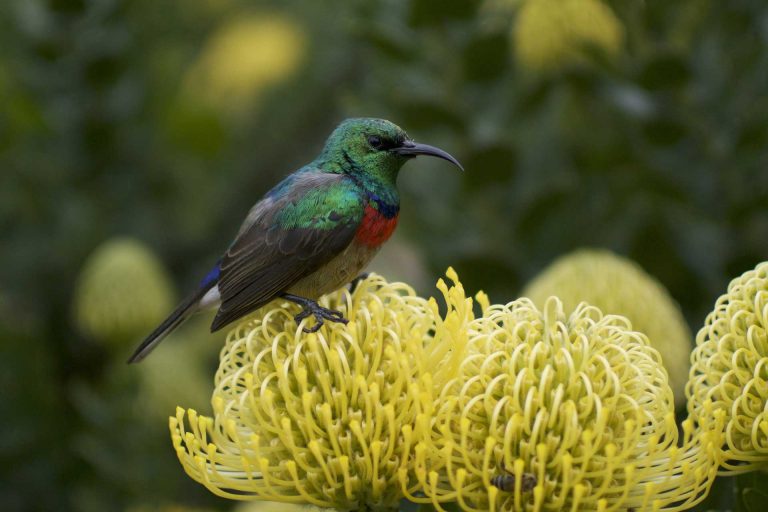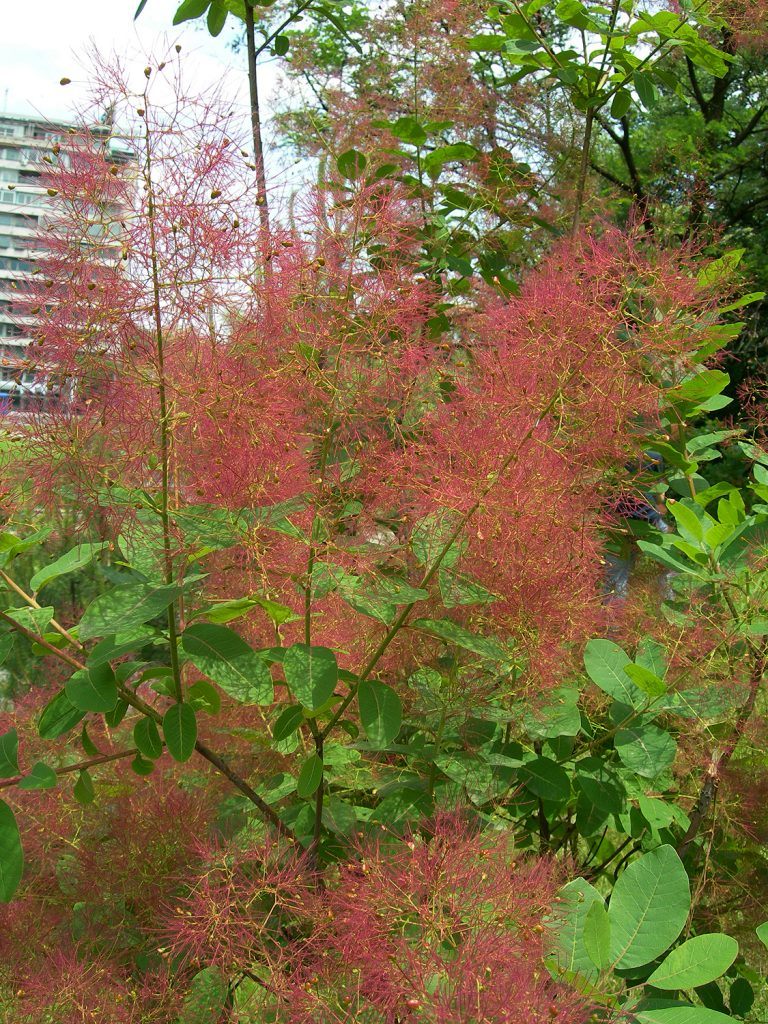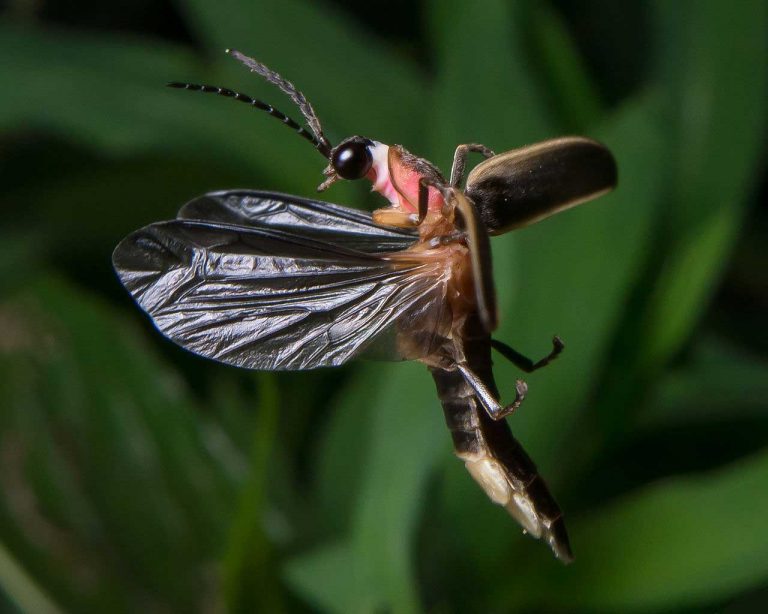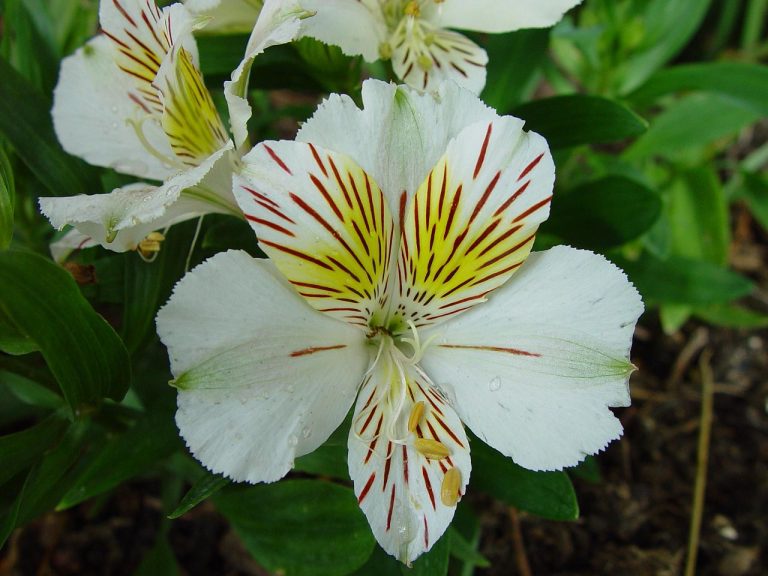Spring Flowers: Daisy Flowers
Scientific Classification
| Kingdom: | Plantae |
| (unranked): | Angiosperms |
| (unranked): | Eudicots |
| (unranked): | Asterids |
| Order: | Asterales |
| Family: | Asteraceae |
| Genus: | Bellis |
| Species: | B. perennis |
| Binomial name: | Bellis perennis |
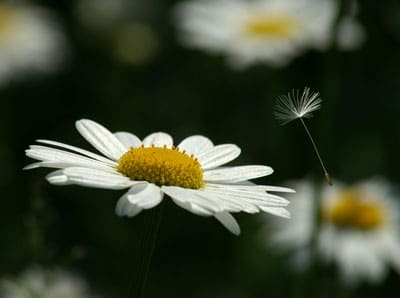
Photo by: Böhringer Friedrich
Daisies are long lasting, bright and blooming plants all through the year, a favorite of every gardener. Daisies belong to the family of Chrysanthemum; they signify the commencement of spring and the nearing of cheerful summer. Daisies occur in many varieties in different sizes, shapes and colors. With the pretty Gerbera, African, Shasta, or other types of daisy flowers, it is convenient for you to add glamour or give a face-lift to your garden, home or landscape. The diverse colors in which daisies bloom are orange, yellow, pink or white. Daisies are a very good choice for a fresh gardener who needs to acquire knowledge and belief from these plants that requires less care and are easy to grow and bloom.
Anatomy
Daisy plants that belong to the Bellis genus is perennial, with a single flower head held up on the long Stalks; the ray flowers are purple or white and the disc flowers are yellow. People grow English daisy, B, perennials, by laying a plant bed. At its base, it has many spoon-shaped and moderately hairy leaves, forming a rosette. The flower stalks of the plant are leafless and below the flower head, you find hairy bracts (Leaf like structures). Some varieties of flowers of the English daisies are double, other varieties have red or pink ray of flowers around the bright yellow disc. The diameter of the flower head is ¾ to 11/4 inch (around 2 to 3 cm) with yellow disk florets and white ray florets (often red at the tip).
GROWING THE PLANT AT HOME
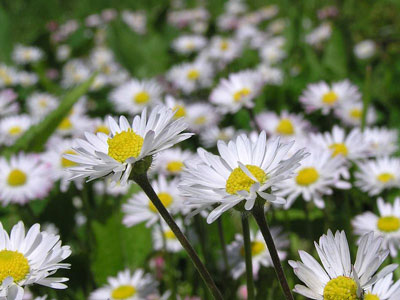
Preparation for Planting
For best results, plant daisies in clusters in the bed of your garden, if not in your home. Grow them in single pots. If you want the beauty to last for years and for the growth to flourish, then the preparation of your soil is crucial. Prepare your soil a week prior to your planting and plant your daisies in spring or fall. Planting in spring is after the threat of frost is over. It is safe to plant your daisy in winter. As soon as the plants are ready for planting, set them in the ground. In case you need to delay the planting for a week or so, place the plants in a shady cool place and moisten the roots. Drain the soil well. Alkaline or acidic is suitable.
Planting
It is possible to sow daisy seeds directly in your garden; they start flowering the second year following planting. While planting, select a place where the soil is rich and airy, and where sufficient sunlight is available. Add compost to the available garden soil. First, level the area and then, with the aid of a rake or hoe, scratch the top of the soil and toss the seeds directly over the soil. Plant your daisies 18 inches apart from each other. Space them in rows of 2 1/2 – 3 feet apart. Water them well, particularly when the climate is dry and hot. Do not water log the soil.
Flowering Period
The ideal time for the blossoming of the daisies is spring and summer, and that depends on the flower you decide to plant. Fleabane flowers all through the season, whereas Shastas flower only from June to July.
After Bloom Care
For prolonging the blooming period and for fast growth, discard all the faded flowers. Split up the Shasta daisy plants often. Go for it the same way as you do for chrysanthemums; choose sturdy plants from the cluster. Remove the middle part of the cluster, as it is normally weaker and dry.
As Cut Flowers
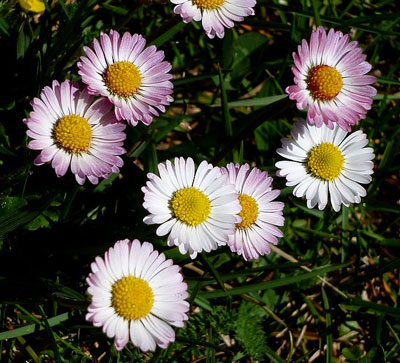
Photo by: Isidre Blanc
The Daisy provides fresh flowers to use as cut flowers in your home. Wait for the flowers to bloom fully when cut out from a plant and place them in a vase. For Gerber daisies to last long, they need only an inch of water in the vase. Daisies stay fresh for comparatively long periods; say for two weeks.

Having discovered a fondness for insects while pursuing her degree in Biology, Randi Jones was quite bugged to know that people usually dismissed these little creatures as “creepy-crawlies”.

